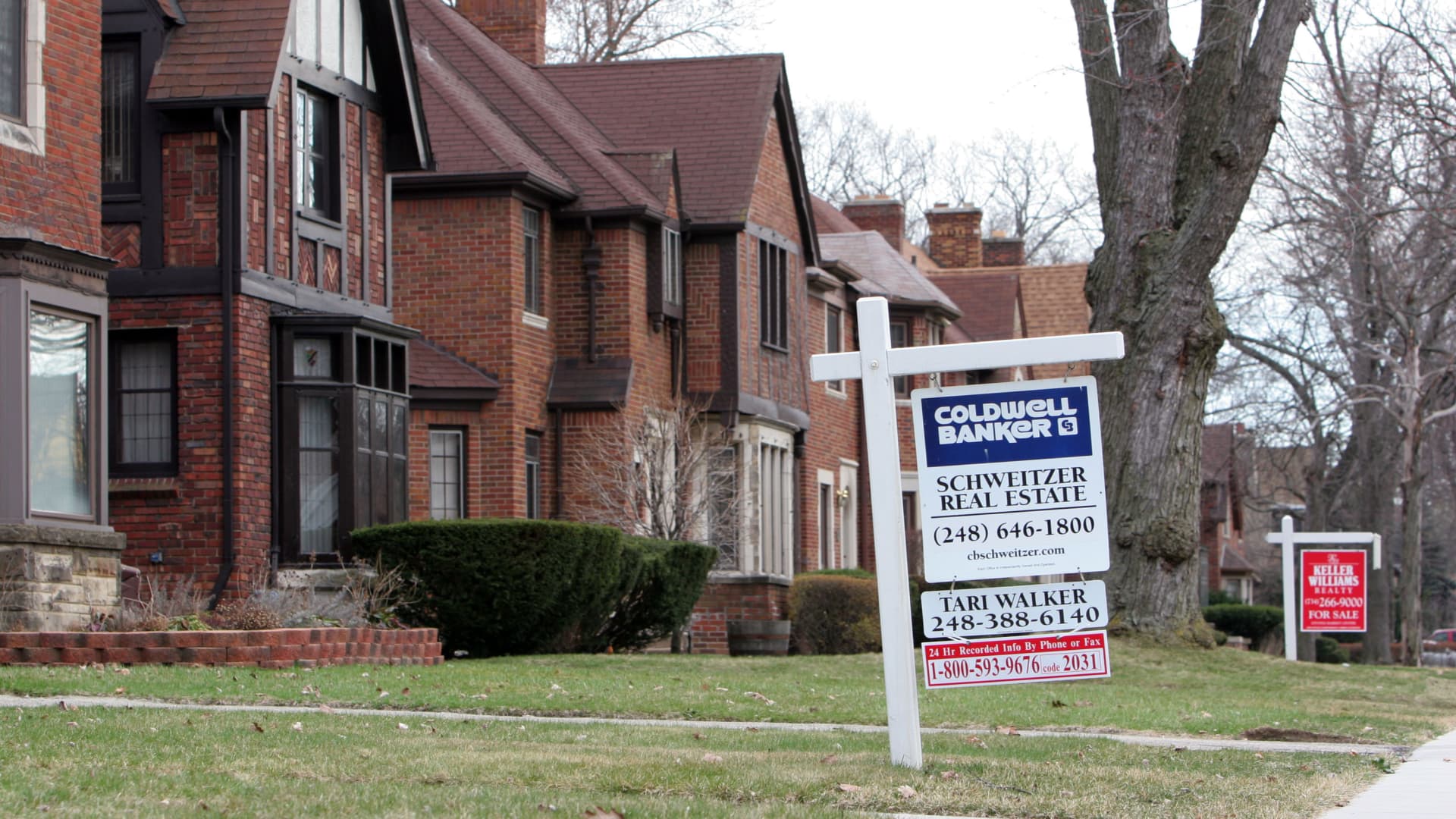Portland developers are cautiously exploring the conversion of downtown office buildings into apartments, hoping to take advantage of newly eased restrictions.
But among a growing number of tepid proposals, none appear to have committed to a major renovation, a sign of the difficulty in designing and financing such projects.
The owners of Yamhill Plaza, a six-story corner office building at Southwest 2nd Avenue and Yamhill Street, have applied for early assistance, inquiring with the city about what it would take to convert the office building into housing.
The application was submitted by the Portland-based LRS Architects and Norris & Stevens, a real estate company that represents the building’s owner. Michael Roberts, a senior associate for LRS, said in an email that the proposal is in an “evaluation phase,” and that there were no definite plans for converting the office space.
As downtown businesses particularly suited to remote work give up more of their office space, other building owners have begun to weigh new uses for increasingly empty buildings — along the way helping to ease a regional housing crunch.
In March, the Portland City Council amended the city’s building code to make it easier to turn existing office buildings into housing.
One change would ease seismic requirements that would typically require housing conversions to meet the same earthquake resilience standards as a new building. Under the city’s relaxed rules, developers could build housing in existing structures to the seismic standards deemed appropriate for existing buildings.
Amit Kumar, a structural engineer with the city’s Bureau of Development Services, told city commissioners at the March meeting that structures that meet standards for existing buildings are expected to suffer little damage from moderate earthquakes but are prone to major damage from the most severe quakes.
The other code amendment waives “system development charges” — fees developers typically pay for projects that will increase use of city services like water and sewer — if they complete the seismic upgrades.
City staff hope the relaxed rules will speed along the economic recovery of downtown Portland while addressing a housing shortage in the city center. Andrew Fitzpatrick, Mayor Ted Wheeler’s director of economic development, told the City Council in March that a quarter of downtown office space is vacant, and that the number will continue to rise unless the city finds a way to use the empty buildings. New residents, he said, will also increase foot traffic in the area.
Housing groups and members of the Portland Business Alliance advocated for the new rules.
“This is exactly how we begin to make headway on the daunting challenge of closing our housing supply gap,” Cole Merkel, a co-director of the HereTogether coalition, which seeks solutions to homelessness, told the City Council. “Streamlining office conversions will allow private, public and nonprofit developers to create desperately needed housing options and help breathe new life into buildings previously used as office space.”
Jon Isaacs, the vice president of public affairs for the Portland Business Alliance, said local governments can anticipate one of the biggest drops in property tax revenue from downtown commercial properties in more than 25 years.
“Downtowns as we know it are not going to return,” he said at the March City Council meeting. “We need to promote policies like these ordinances to make downtowns a place where people can live and work.”
Others downtown have made small steps toward housing conversion projects.
Portland’s Schlesinger Cos. told the Portland Business Journal that it’s considering turning part of a six-floor office building at Southwest 4th Avenue and Lincoln Street into housing.
And the affordable housing nonprofit Reach Community Development floated a plan to convert a portion of a building at Southwest 2nd Avenue and Pine Street, which includes office space and a two-story parking garage, into apartments, according to a development filing. The five-story building already includes regulated affordable housing in its top three levels.
For the most part, though, the construction industry has made only tentative moves toward putting the idea into practice.
Chip Laizure, the vice president of the contracting firm Deacon, said the concept of office-to-housing conversion has merit, but it’s rarely cost-effective.
Laizure said his company has considered a couple of office conversion projects in the Portland area, though he declined to say which buildings.
He said most mid- to high-rise office structures use “post-tension decks,” each floor a 6- to 8-inch concrete slab with cables that hold the structure together. When buildings are converted to residential use, he said, contractors must add mechanical, electrical and plumbing infrastructure.
“What you end up doing is putting holes in the floor, and with most post-tension structures, that’s really difficult to do,” he said. “Besides how it affects the structural integrity, the cost for doing it is just very high for most developers.”
Laizure said he hopes the city will consider other incentives for developers to build downtown, such as tax breaks or subsidies.
Fitzpatrick, the mayor’s economic development director, said during the March Portland City Council meeting that encouraging office conversions will be a complicated process but said that the rules the city has now approved are a step in the right direction.
“We still have a lot more work to do as a city, and alongside other levels of government to incentivize conversions effectively,” he said.
















